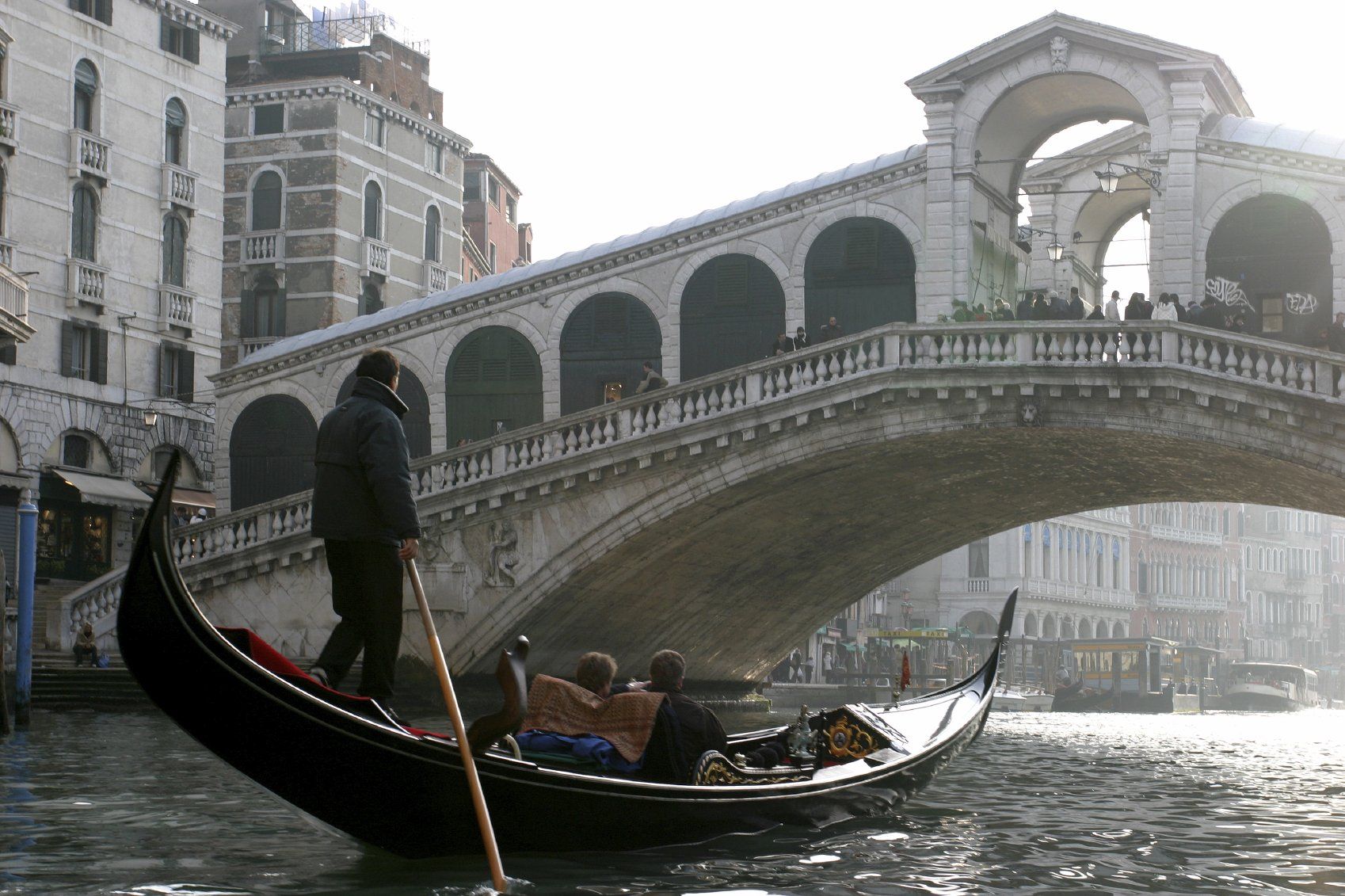The Monevator Slow & Steady portfolio
is a model portfolio that aims to illustrate how new private investors can overcome some of the difficulties associated with passive investing in the UK. If you look at the history its demonstrates passive index investing in action.


